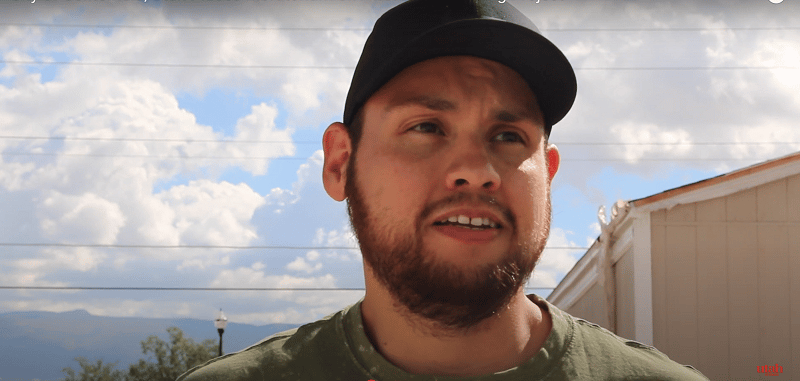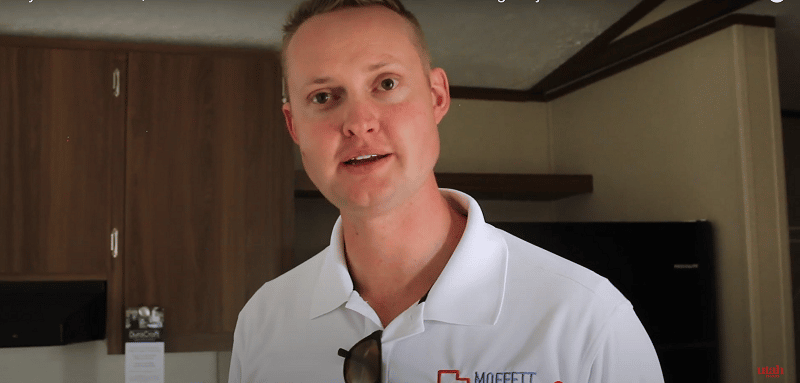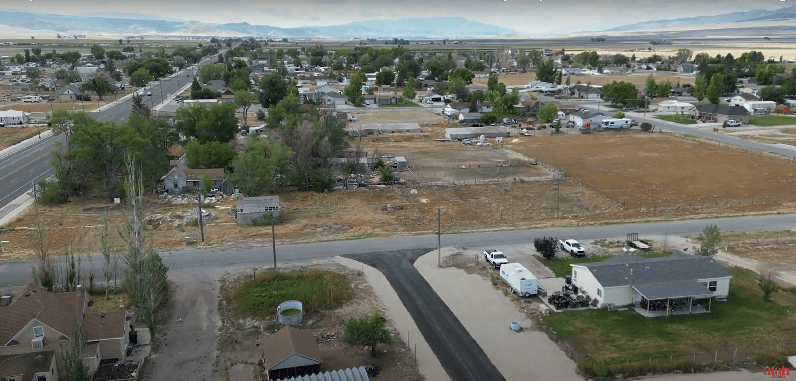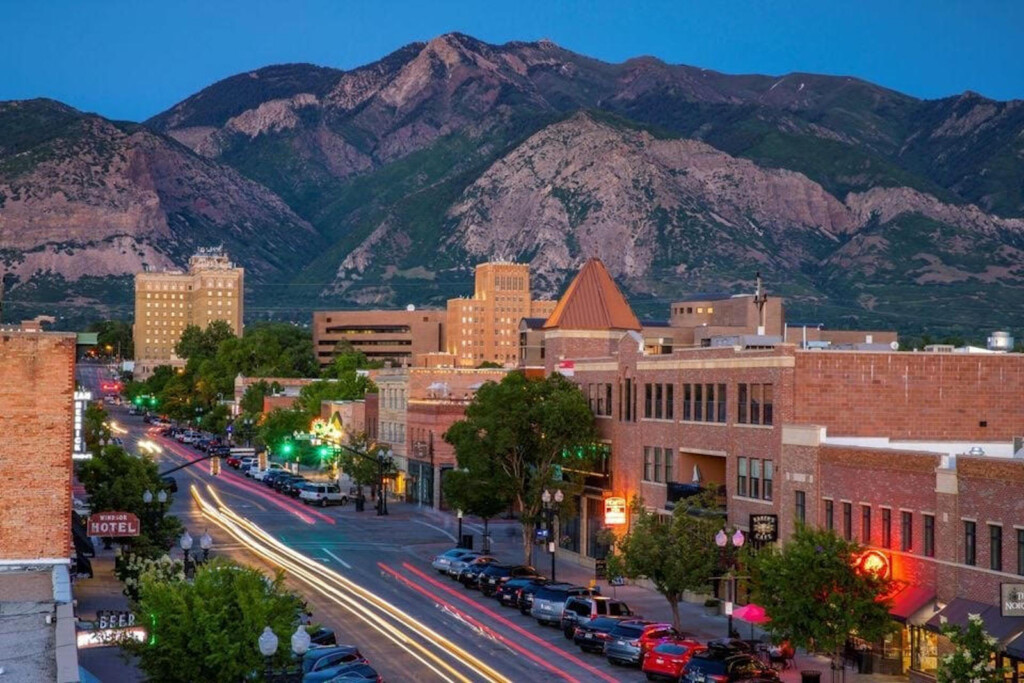Utah has an “affordable-housing crisis” – There is virtually no affordable housing supply along the Wasatch Front. So why would a moratorium be placed on one project that could have provided it? Utah Stories investigates.
Centerfield, Utah—In this part of Utah, green farms of wheat and alfalfa fields grow over rolling hills and planes as far as the eye can see. Sanpete County has experienced a booming economy and is predicted to have a job growth rate of over 40% in the next decade.
With all of this farmland irrigated by a lot of water, one might assume that affordable housing could be found this far from the sprawling Wasatch Front. But even in this remote area, home prices have dramatically increased in value. Last year 306 homes sold here that fetched on average $356,000. This makes homeownership completely out of reach for new buyers earning less than $80K per year. Which is now about 85% of Sanpete County residents.

When Justin Rico and his wife of ten years had their first baby, his boss said that he could work full-time remotely. Rico looked to his hometown of Gunnison where he grew up so they could be near their parents who could help with babysitting.
“Even here, while I could possibly afford to buy land, I couldn’t afford to build anything on it…Then my parents told me about this manufactured-home park, down the road and we jumped on it.” For just $104,000, Rico and his wife were able to buy a three-bedroom, two-bath manufactured home. They transferred all of their equity from their former two-bedroom townhome, which they sold for $375,000 in American Fork into the purchase of the manufactured home without a mortgage.
Liberated from his heavy mortgage and HOA fees, Rico says this past summer he was able to take his wife to Hawaii for their ten-year anniversary. He also took his family on a real summer vacation to Zion. “I don’t regret my decision for a second. It’s been great living here and to be able to enjoy my life again.” If this sounds like a model for success, don’t get your hopes up.
Rico’s good fortune might be exclusive to his family. Centerfield’s newly–elected Mayor and City Council have put a moratorium on the site plans for the remaining 17 units of the manufactured-home community. This is despite approving the site plans nearly a year ago. The developer of the project, Logan Moffett has already put nearly $1 million into a new road and laying utilities for the new site. He can’t believe that with the huge interest he has seen in the units to alleviate the housing shortage, city leaders aren’t embracing the project. Currently, 22 million Americans live in manufactured homes. This is the largest sector of non-subsidized affordable housing in the country.

“The city claims there isn’t enough water.” says Moffett, “But this entire park is completely xeriscaped and we will use very little water.” The park offers housing at far less per unit than any of the single-family homes around here.” Moffett believes if the city cared about affordable housing, they would come up with a solution.
“There is a stigma attached to manufactured homes, the old term is ‘trailer parks’, but this is a way for young people to afford to buy housing again. This development offers a huge opportunity for first-time home buyers that is unavailable anywhere else.” Moffett continues, “Back in the sixties manufactured and modular homes were 60% of the housing market. Homes built in factories can be built much cheaper than custom homes built on-site. This allowed home buyers to get out of renting into building equity from ownership. Now less than 5% manufactured homes make up the housing market.” This is making it impossible for the supply of housing to meet the needs, especially of young people working in the service sector, like the nearby Gunnison prison. Moffett says, “They need to understand the need for first-time homebuyers to build equity, and have affordable options.”
Moffett is also in his early thirties, and he has decided to make his primary initiative as a developer to build manufactured-home parks. But he is finding it is close to impossible to initiate any new parks due to the NIMBYISM of the existing residents or farmers. “All around here are $600,000 homes, and I suppose they might be afraid that drug addicts or criminals will move in if we build parks like this, but as you can see, this is a young couple, this entire park could be filled with young couples and seniors on a fixed income.” The other occupants of the park who bought before the city stopped the development are seniors. Rico, says it was “a great decision to get out of Utah County where the cheapest townhomes are now over $375,000. “I work from home and now I can save most of what I earn toward a down payment on eventually buying a larger home.”
Rico is thirty-one years old and until recently he and his wife had a combined income of $60,000 per year, he recently received a big raise to $60,000 per year. Until this past year that might have been considered a decent household income, but under today’s housing market conditions, families earning less than $100,000 per year are barely getting by, and with interest rates now above 6% most only have option to rent.
“Renting prevents upward mobility, it prevents families from building equity which allows families to build, grow and become financially independent. Instead of renting from parents and living in their basements,” says Moffett. He and his wife bought a small single-family home they fixed up just after he graduated from BYU. Since then he has bought many homes, fixed them up, and either rented or sold them. But NIMBYISM is killing this dream of providing homeownership to younger generations.
Moffett says he is appealing the City’s decision. Utah Stories is seeking comment from Gunnison’s Mayor as to why the moratorium is in place and by what conditions the city will lift it.
Comments from the current Mayor Travis Leatherwood and previous Mayor Tom Sorensen here.
RELATED CONTENT
City of Centerfield Responds to NIMBYISM Claim Against Affordable Housing
Why “Deeply Affordable” Housing Is Not Being Built in Utah and it Won’t be Built Anytime Soon
Five Things in Utah That Need To Go
Homeless Population in Utah Increases Due to Seniors Being Priced out of the Rental Market
Local and Mixed-Use Superior to Corporate Big Box Zoning
SUPPORT LOCAL JOURNALISM AND SUBSCRIBE TO PRINT MAGAZINE
Subscribe to Utah Stories weekly newsletter and get our stories directly to your inbox






